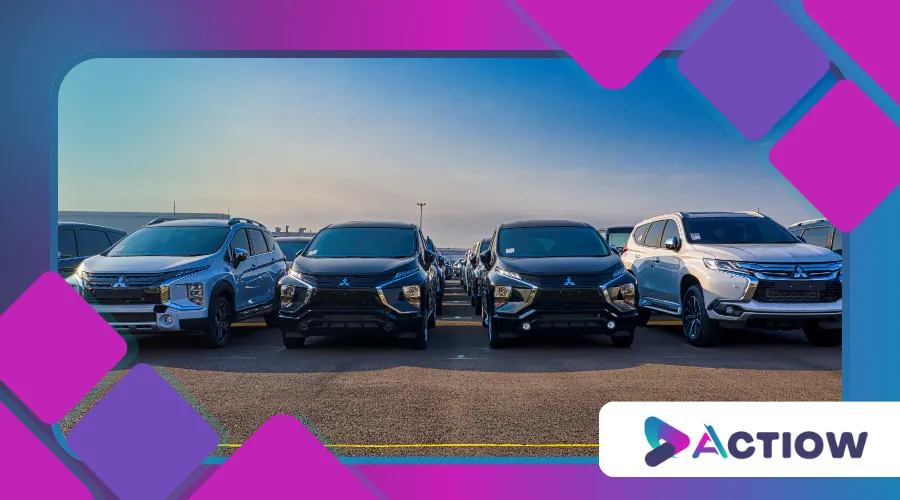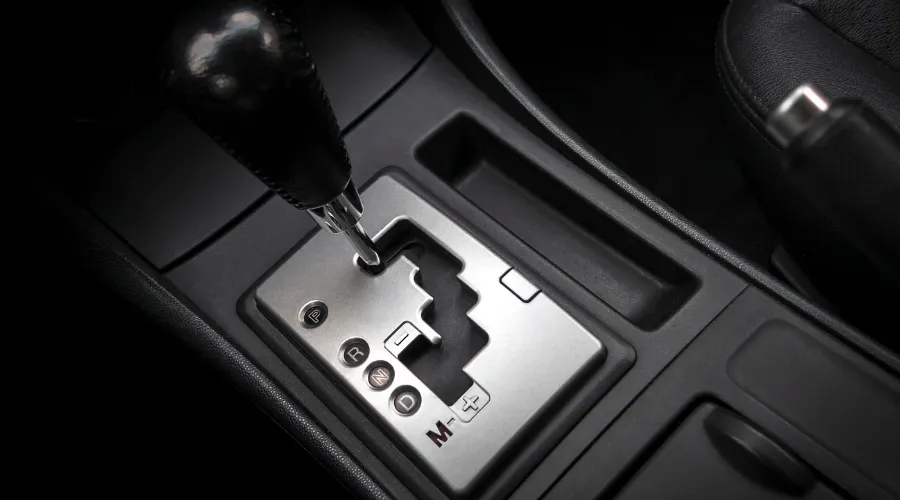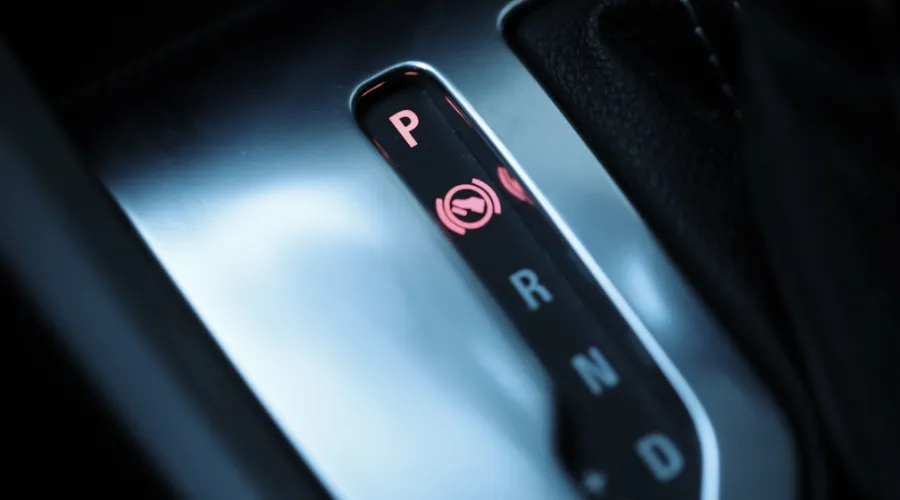New Automatic Cars: Models That Make Driving Easier

Anúncios
New automatic cars are transforming how we navigate roads, blending cutting-edge technology with seamless usability to redefine the driving experience.
Gone are the days when automatics were clunky, fuel-guzzling machines reserved for those unwilling to master a manual.
Today’s models prioritize intuitive controls, adaptive systems, and efficiency, catering to drivers who crave convenience without sacrificing performance.
Anúncios
This article dives into the latest automatic vehicles, exploring standout models, innovative features, and why they’re reshaping our relationship with the driver’s seat.
As we explore these advancements, it’s clear that automatic cars are not just about ease—they’re about enhancing safety and connectivity on the road.
The Evolution of Automatic Transmissions
Picture a river flowing effortlessly, adapting to the terrain without resistance—that’s the modern automatic transmission.
Unlike their predecessors, which often lagged in responsiveness, today’s systems use advanced algorithms and multi-speed designs to deliver power precisely when needed.
Dual-clutch transmissions (DCTs) and continuously variable transmissions (CVTs) dominate, offering lightning-fast gear shifts or smooth, gearless acceleration.
For instance, the 2025 Toyota Camry employs a refined CVT that mimics traditional gear changes, ensuring a natural feel while optimizing fuel economy.
Carmakers are also integrating hybrid and electric powertrains, where automatics shine.
The 2025 Ford Mustang Mach-E, an all-electric SUV, uses a single-speed automatic that eliminates gear-shifting entirely, letting drivers focus on the road.
This evolution reflects a broader trend: automakers are designing vehicles that anticipate driver needs, making every journey feel effortless.
Moreover, innovations in transmission technology are paving the way for even more efficient and responsive driving experiences in the future.
Why New Automatic Cars Are Game-Changers
What makes new automatic cars so compelling?
It’s their ability to simplify complex tasks.
Adaptive cruise control, lane-keeping assist, and automated parking—features once reserved for luxury models—are now standard in mainstream vehicles.
These systems act like a co-pilot, reducing driver fatigue on long commutes or in stop-and-go traffic.
According to a 2024 study by the National Highway Traffic Safety Administration, advanced driver-assistance systems (ADAS) in automatic vehicles reduced rear-end collisions by 34%, proving their real-world impact.
Take the 2025 Honda CR-V Hybrid as an example.
Its e-CVT transmission pairs with a suite of ADAS features, including traffic jam assist, which handles low-speed acceleration and braking in congested conditions.
This isn’t just convenience—it’s a redefinition of control, allowing drivers to stay relaxed even in chaotic urban environments.
| Model | Transmission Type | Key Feature | Starting Price |
|---|---|---|---|
| Toyota Camry | CVT | Simulated gear shifts | $28,000 |
| Ford Mustang Mach-E | Single-speed | Instant torque delivery | $43,000 |
| Honda CR-V Hybrid | e-CVT | Traffic jam assist | $34,000 |
For more insights on the latest automotive technologies, visit Car and Driver.
Urban Mobility: Automatics for City Life
City driving demands agility, and new automatic cars deliver.
Compact SUVs like the 2025 Hyundai Tucson feature eight-speed automatics that balance power and efficiency, perfect for weaving through tight streets or idling in traffic.
Hyundai’s SmartSense suite, including blind-spot monitoring and pedestrian detection, enhances safety in crowded environments.
For urbanites, these vehicles are like Swiss Army knives—versatile, reliable, and packed with tools for any scenario.
Consider Jane, a fictional Chicago-based graphic designer.
She upgraded to a Tucson after years of wrestling with a manual in gridlocked traffic.
The automatic’s smooth shifts and parking assist let her focus on client calls instead of clutch pedals, saving time and sanity.
Her story mirrors a growing trend: urban drivers are choosing automatics for their ability to streamline daily routines.
In fact, many city dwellers are finding that automatics not only enhance convenience but also contribute to a more enjoyable driving experience.

Performance Meets Ease in Sports Models
Don’t assume automatics are only for casual drivers.
Performance cars are embracing them with gusto, proving that ease and exhilaration can coexist.
The 2025 BMW M4 Competition, for instance, uses an eight-speed automatic that shifts faster than most humans could manage with a manual.
Paired with paddle shifters, it offers drivers the thrill of control without the physical demands of a clutch.
This shift is evident in sales data.
In 2024, 78% of performance vehicles sold in the U.S. featured automatic transmissions, per Edmunds.
Enthusiasts like Alex, a fictional car blogger from Miami, initially scoffed at automatics but was won over by the M4’s precision.
“It’s like having a race engineer in the gearbox,” he wrote, praising its ability to adapt to aggressive driving.
For purists, these models bridge the gap between tradition and innovation.
The combination of advanced technology and performance capabilities is redefining what it means to drive a sports car.
+ Ford Ranger vs Toyota Hilux: Which Pickup Is More Durable?
Electric and Hybrid Automatics: The Future Is Here
Electric vehicles (EVs) and hybrids are reshaping the automotive landscape, and their automatic systems are central to their appeal.
EVs like the 2025 Tesla Model Y use single-speed transmissions that deliver instant torque, making acceleration feel like a rollercoaster launch.
Hybrids, meanwhile, blend gas and electric power seamlessly, with automatics ensuring smooth transitions between modes.
The 2025 Lexus RX 500h F Sport, a plug-in hybrid, exemplifies this.
Its six-speed automatic optimizes power delivery, whether cruising on electric mode or tapping the gas engine for highway sprints.
For eco-conscious drivers, these vehicles offer guilt-free performance, with automatics ensuring every watt and drop of fuel is used efficiently.
| Model | Powertrain | Transmission | EPA Range/MPGe |
|---|---|---|---|
| Tesla Model Y | Electric | Single-speed | 330 miles |
| Lexus RX 500h | Plug-in Hybrid | Six-speed | 37 miles electric / 83 MPGe |
| Ford Mustang Mach-E | Electric | Single-speed | 312 miles |
The integration of automatic systems in EVs and hybrids is not only enhancing performance but also improving overall driving efficiency.
Technology That Anticipates Your Needs
Modern automatics don’t just react—they predict.
Machine learning enables systems to adapt to driving habits, optimizing shifts for efficiency or performance.
The 2025 Audi Q5, for example, uses a seven-speed DCT that learns whether you prefer spirited drives or relaxed cruises, adjusting accordingly.
This predictive tech feels like a conversation between car and driver, where the vehicle listens and responds.
Such advancements raise a question: why settle for a one-size-fits-all driving experience?
Features like over-the-air updates ensure these systems stay current, adding new capabilities without a trip to the dealership.
For tech-savvy drivers, this adaptability is a game-changer, keeping their vehicles as dynamic as their lifestyles.
The ability to personalize driving experiences through technology is becoming a key selling point for many new automatic models.

Accessibility and Inclusivity in Driving
New automatic cars are also breaking barriers for accessibility.
For drivers with mobility challenges, automatics eliminate the physical strain of manual gear changes.
Models like the 2025 Chrysler Pacifica, with its adaptive cruise and hands-free parking, empower those who might otherwise struggle to drive.
Chrysler’s Stow ‘n Go seating and ramp options further cater to wheelchair users, making automatics a lifeline for independence.
This inclusivity extends to new drivers.
Teenagers and seniors alike find automatics less intimidating, reducing the learning curve.
By prioritizing ease, these vehicles invite more people to experience the joy of driving, fostering a more inclusive road culture.
Ultimately, automatics are making driving more accessible, allowing a wider range of individuals to enjoy the freedom of the open road.
++ New SUVs 2025: The Best Models for Families
Challenges and Considerations
No innovation is flawless.
Some critics argue automatics lack the tactile engagement of manuals, especially for enthusiasts who relish gear-shifting’s art.
Others point to repair costs—complex DCTs can be pricier to fix than traditional manuals.
Yet, advancements in durability and widespread adoption are mitigating these concerns.
Most 2025 models come with extended warranties, easing fears of costly repairs.
Fuel efficiency, once a weak point, is also improving.
CVTs and hybrid systems often outperform manuals in MPG, as seen in the Camry’s 51 MPG combined rating.
For budget-conscious buyers, the trade-off is increasingly negligible, making automatics a practical choice.
As technology continues to evolve, many of these challenges may diminish, further solidifying the appeal of automatic vehicles.
The Road Ahead for New Automatic Cars
The trajectory of new automatic cars points to a future where driving is less about mechanics and more about connection.
As autonomous tech advances, automatics will serve as a bridge, blending human control with machine precision.
Imagine a world where your car not only shifts gears but anticipates traffic patterns, reroutes for efficiency, and personalizes your drive—all while you sip coffee.
Carmakers are already laying the groundwork.
The 2025 Mercedes-Benz E-Class, with its Level 3 autonomous capabilities, pairs a nine-speed automatic with AI-driven navigation, hinting at what’s to come.
For now, these vehicles offer a taste of that future, making every drive smoother, safer, and smarter.
As automatic technology continues to advance, we can expect even more innovative features that enhance the driving experience.
Conclusion: Embrace the Ease
New automatic cars are more than vehicles—they’re partners in motion.
From urban commuters to performance enthusiasts, they cater to diverse needs with unmatched versatility.
Models like the Honda CR-V Hybrid and BMW M4 Competition showcase how automatics blend convenience with excitement, while EVs like the Tesla Model Y push boundaries further.
With technology that adapts and empowers, these cars invite us to reimagine driving.
So, why not embrace a ride that feels less like work and more like a conversation with the road?
The future is automatic, and it’s already here.
By choosing an automatic vehicle, drivers can experience a new level of comfort and innovation on the road.
